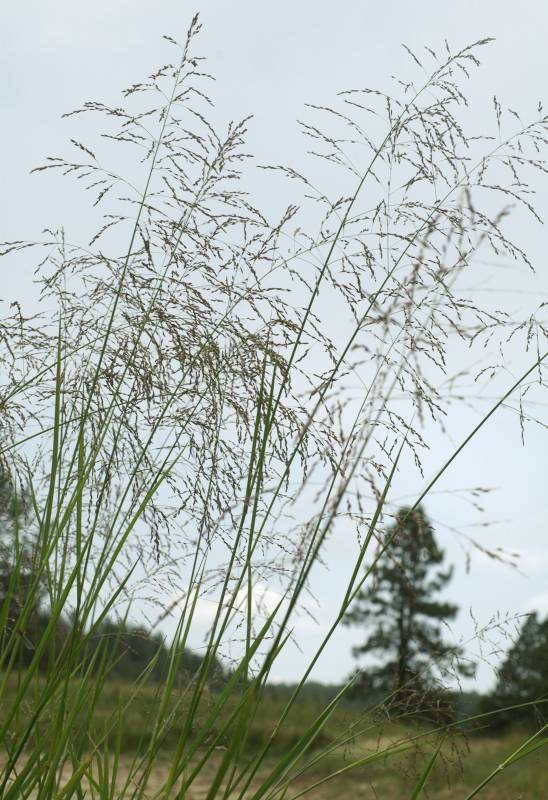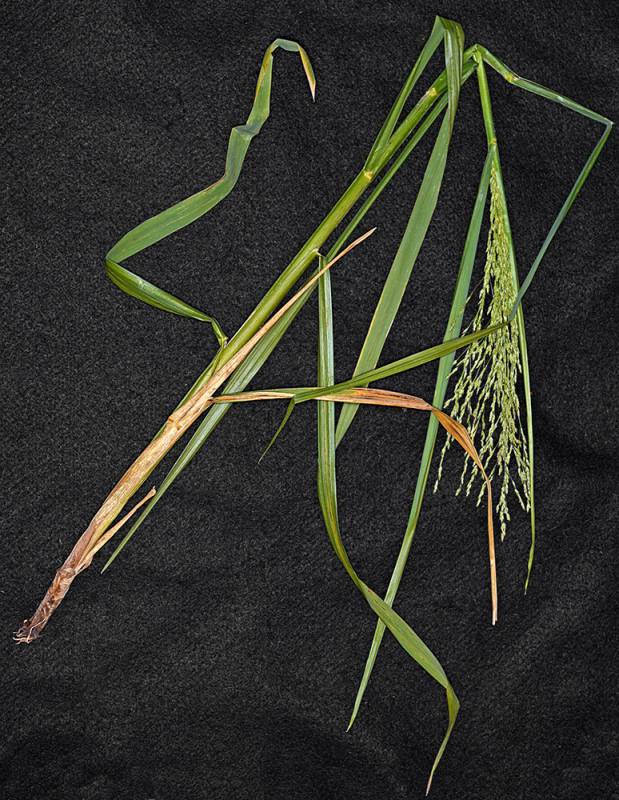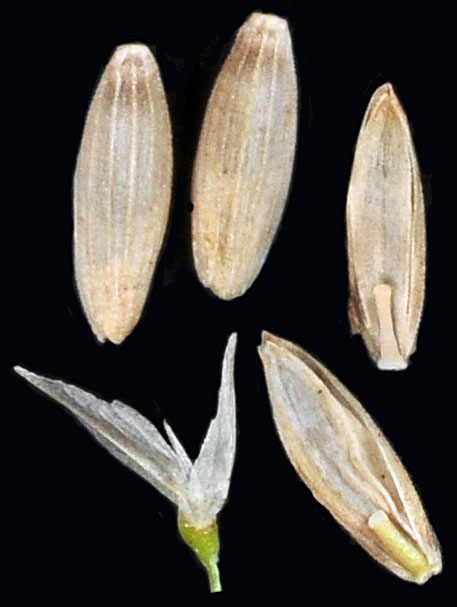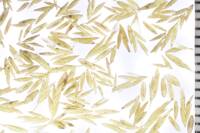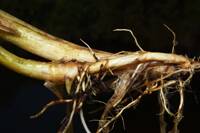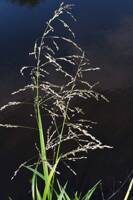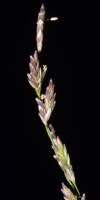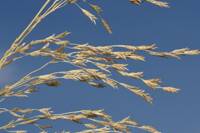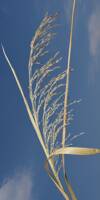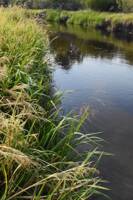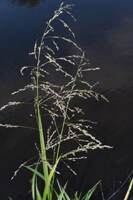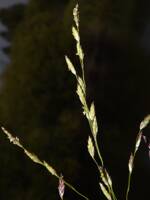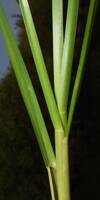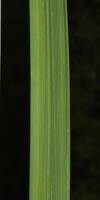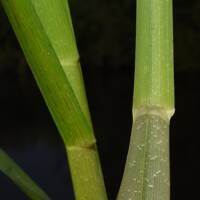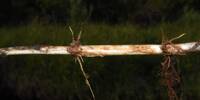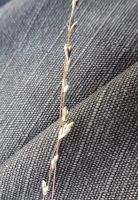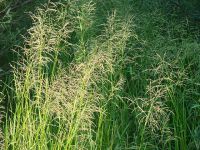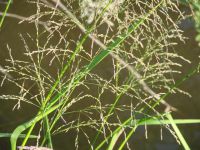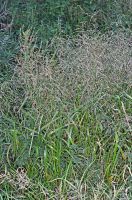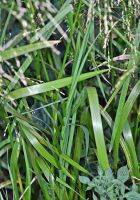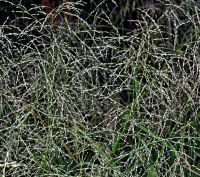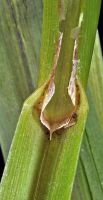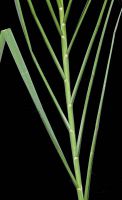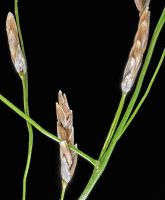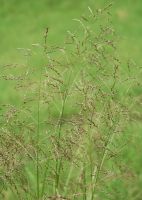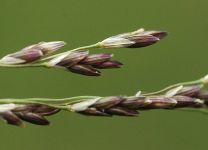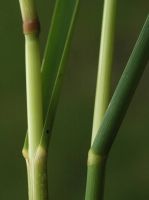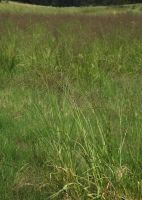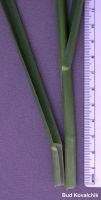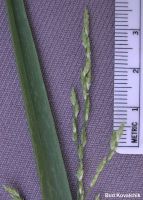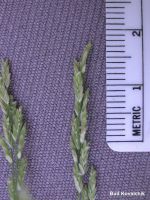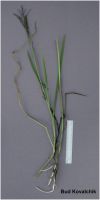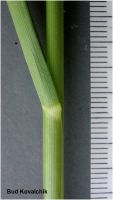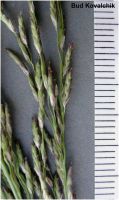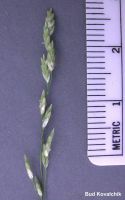Distribution: Occurring on both sides of the Cascades crest in Washington; Alaska to California, east across most of North America to the Atlantic Coast.
Habitat: Sloughs, damp meadows and stream borders.
Flowers: June-August
Origin: Native
Growth Duration: Perennial
Conservation Status: Not of concern
Pollination: Wind
Strongly rhizomatous perennial, the culms 9-16 dm. tall.
Sheaths smooth, completely closed, or open up to 1 cm.; ligules 4-9 mm. long, obtuse, entire; blades flat, firm, 6-15 mm. broad.
Inflorescence a loose, open panicle 2-3.5 dm. long, the branches spreading, numerous; spikelets loosely 5- to 6-flowered, oblong in outline; glumes papery, lanceolate, 1-nerved, the first about 1.6-1.7 mm. long, the second, 2.5 mm. long; lemmas 2.5-2.7 mm. long, purplish, blunt, prominently 7-nerved to the scarious upper margin, the nerves non-convergent; paleas about equal to the lemmas, abruptly notched; stamens 3, or occasionally 2.
Publication: Manual (Gray), ed. 6. 667. 1890.
Glyceria maxima (Hartm.) Holmb. var. americana (Torr.) B. Boivin
Panicularia grandis (S. Watson) Nash
-
var. grandis – reed mannagrass
 Occurring on both sides of the Cascades crest in Washington; Alaska to California, east across most of North America to the Atlantic Coast.
Occurring on both sides of the Cascades crest in Washington; Alaska to California, east across most of North America to the Atlantic Coast.
PNW Herbaria: Specimen records of Glyceria grandis in the Consortium of Pacific Northwest Herbaria database
WA Flora Checklist: Glyceria grandis checklist entry
OregonFlora: Glyceria grandis information
E-Flora BC: Glyceria grandis atlas page
CalPhotos: Glyceria grandis photos

